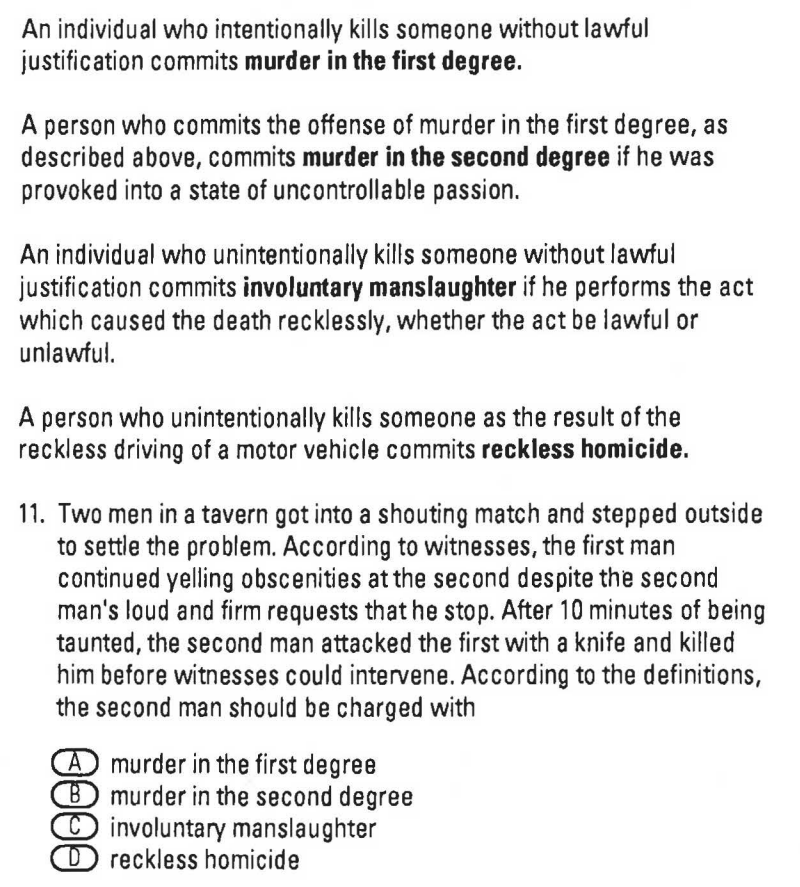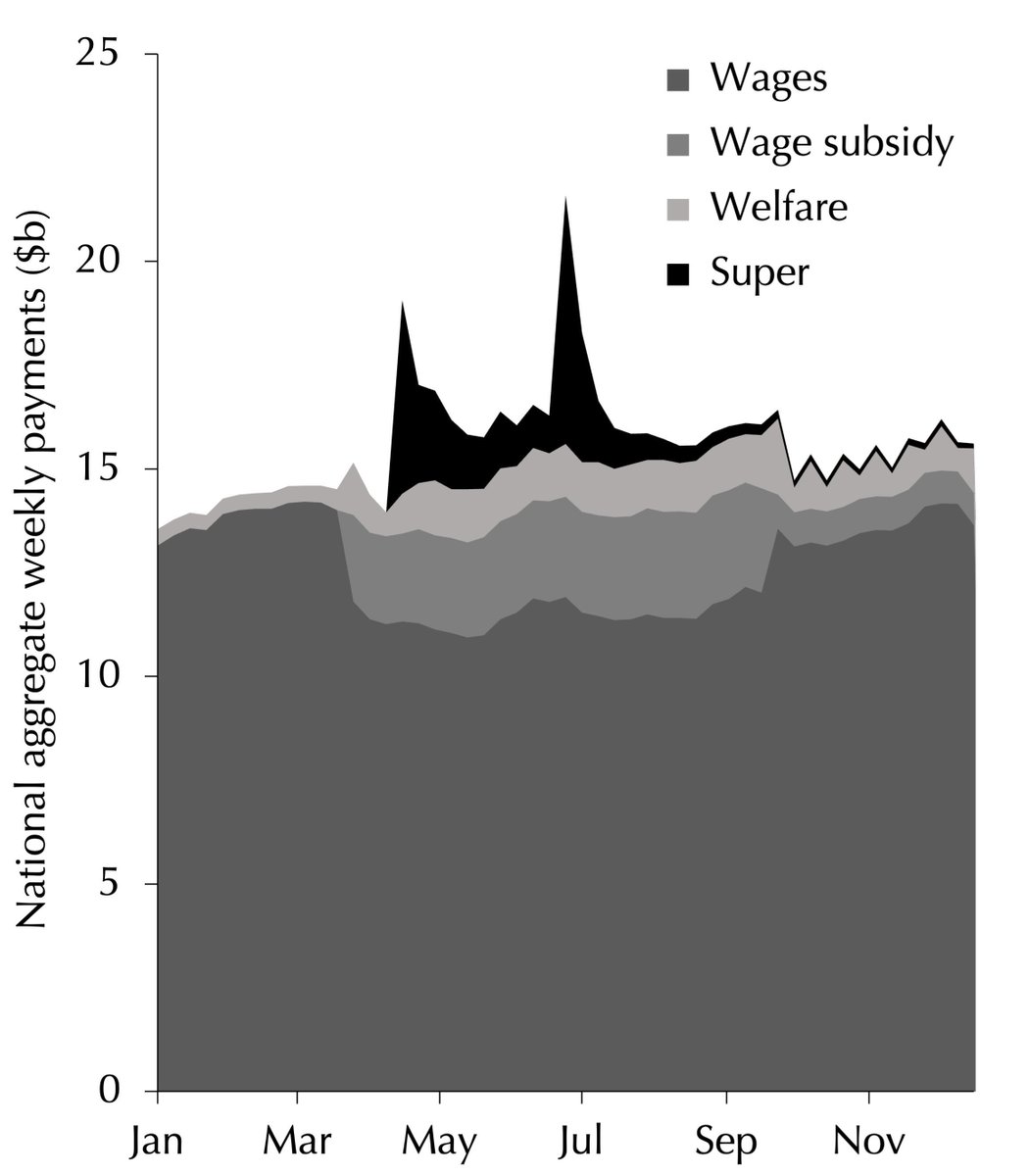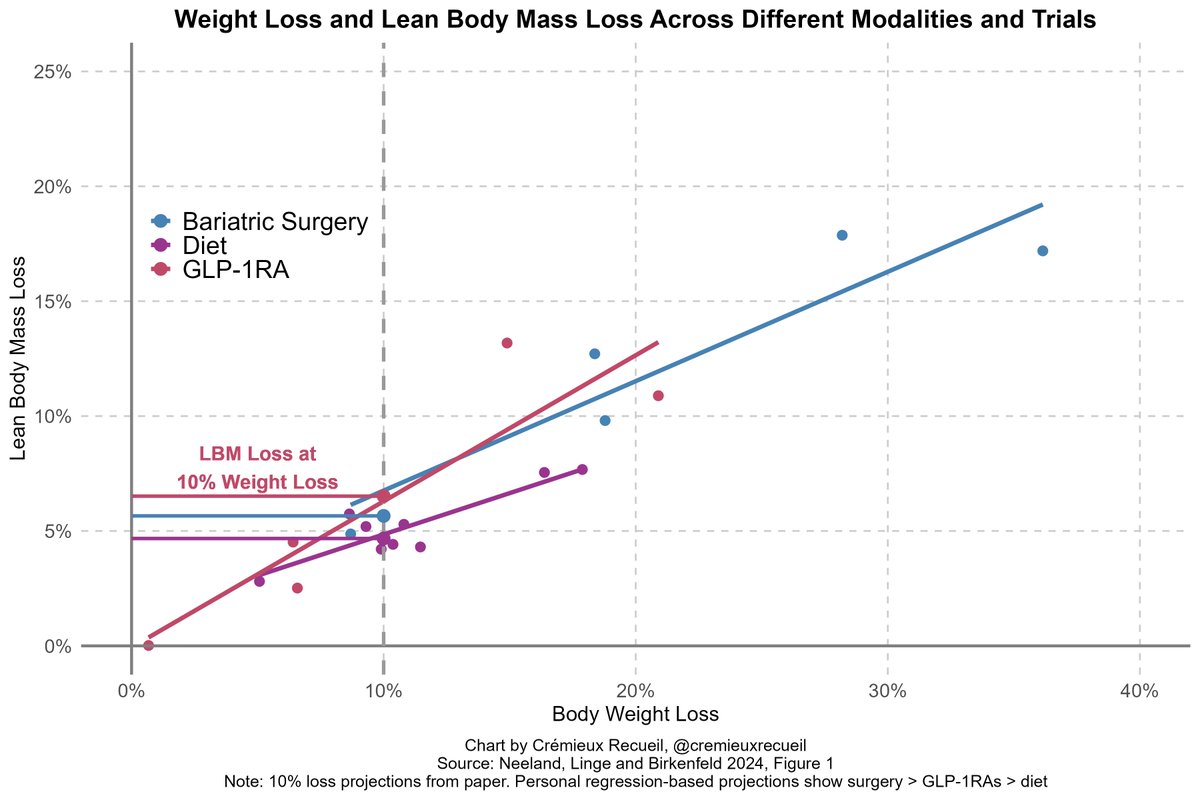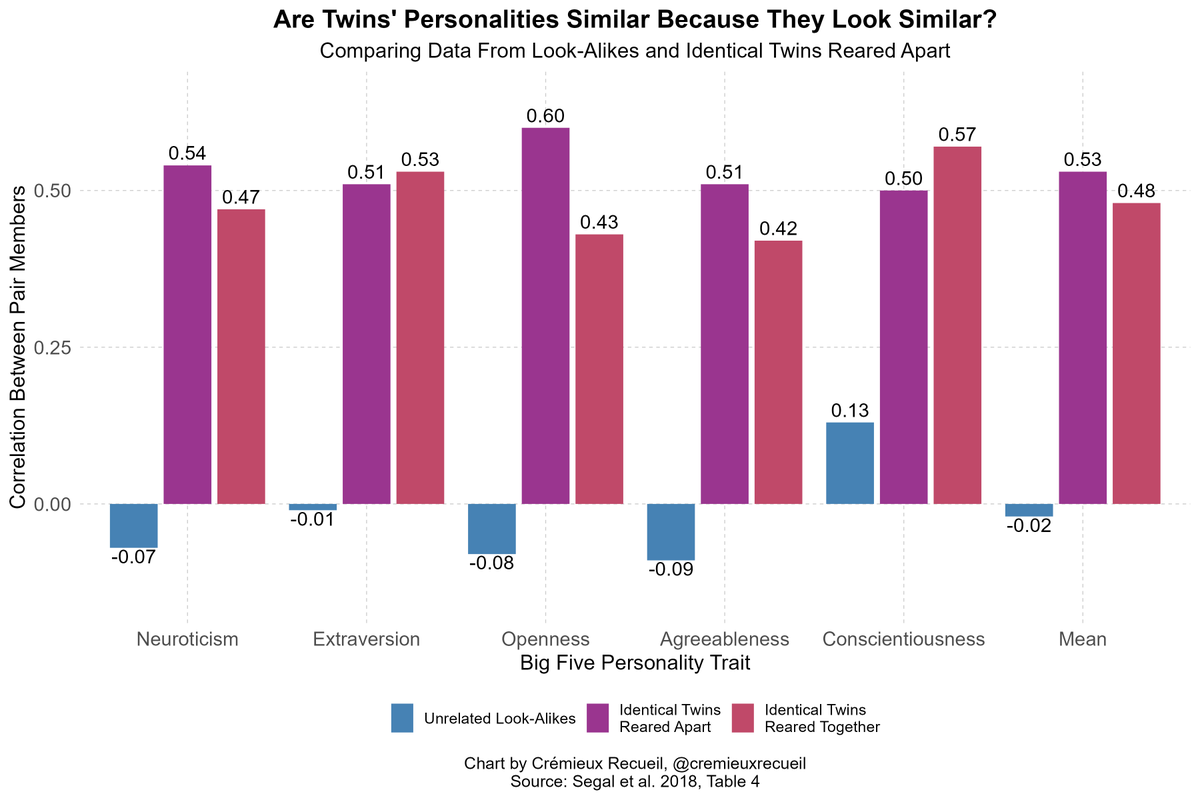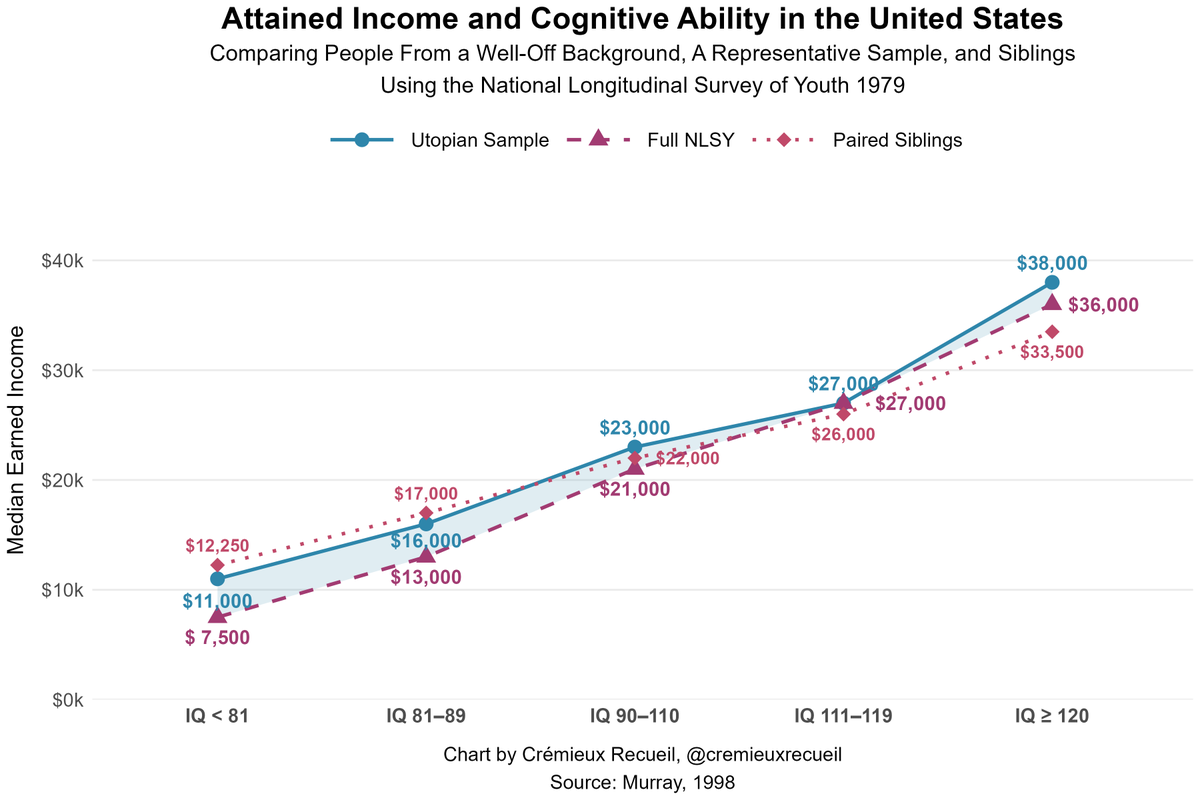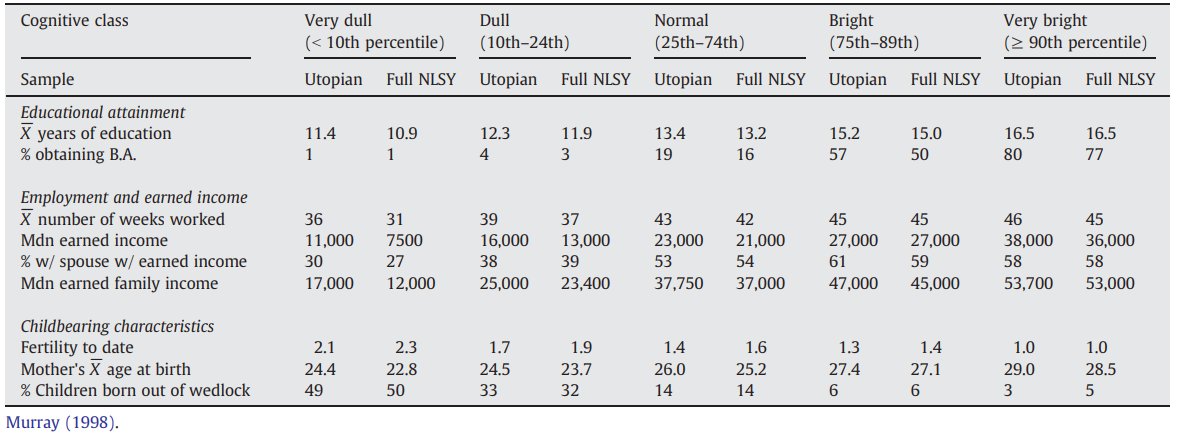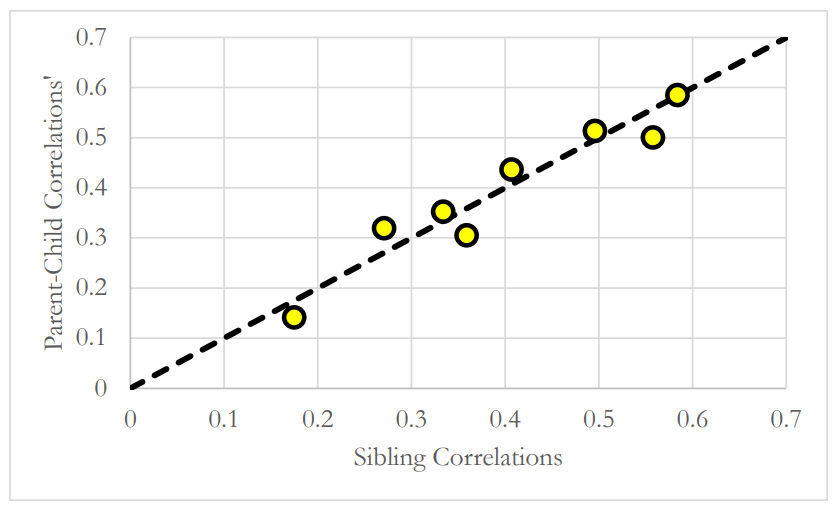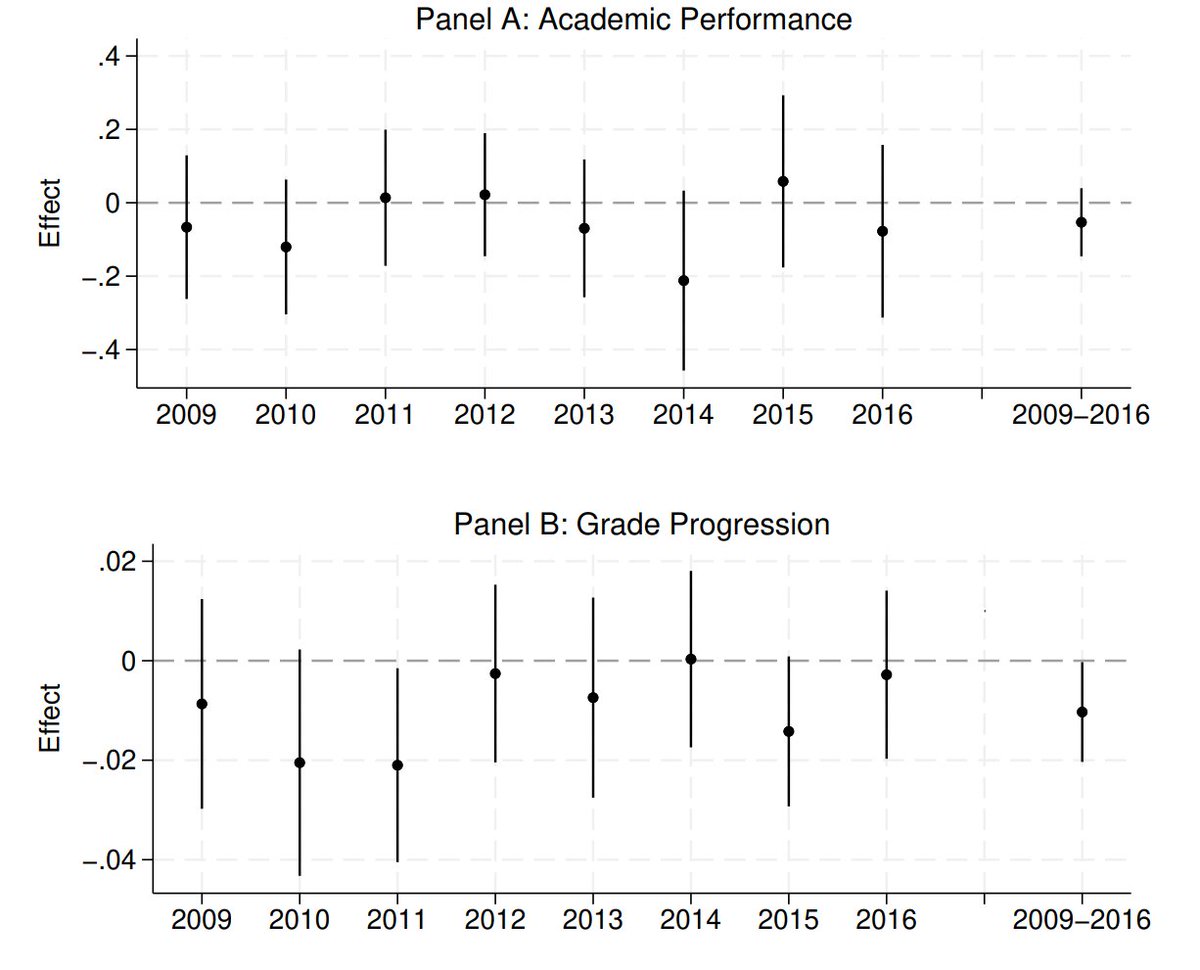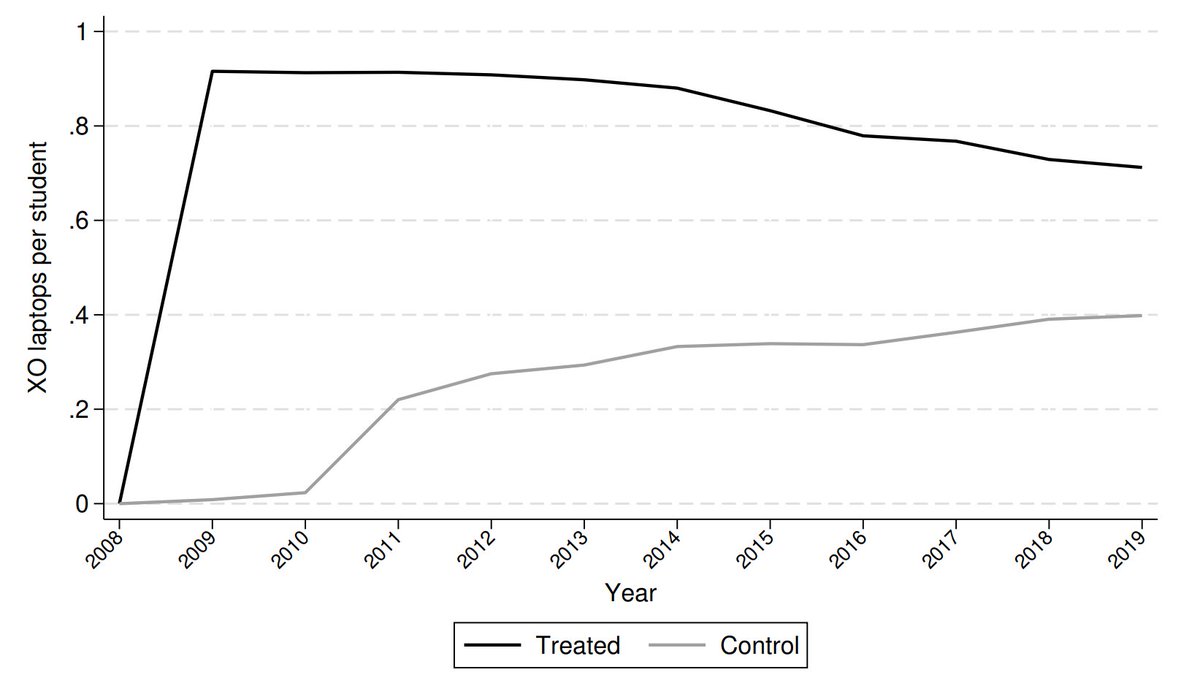Lots of people attacking this decision, but do you think YOU could pass the POST?
Here's a thread of test questions.
Question 1:
Here's a thread of test questions.
Question 1:
https://twitter.com/theblaze/status/1841950243103084851

If you're already struggling, don't worry, just keep plugging in your answers.
For questions 2 and 3 you'll have to do some addition and subtraction:
For questions 2 and 3 you'll have to do some addition and subtraction:

Now we're going to transition from the mathematics section to reading comprehension.
Before getting to the questions, read this paragraph. You'll need it for questions 6 through 10:
Before getting to the questions, read this paragraph. You'll need it for questions 6 through 10:

The following questions ask you to identify spelling and grammatical errors and to insert the correct word where it fits: 

Now here's how you do the final section.
You have to fill out forms correctly, according to a style guide everyone is provided.
You have to fill out forms correctly, according to a style guide everyone is provided.
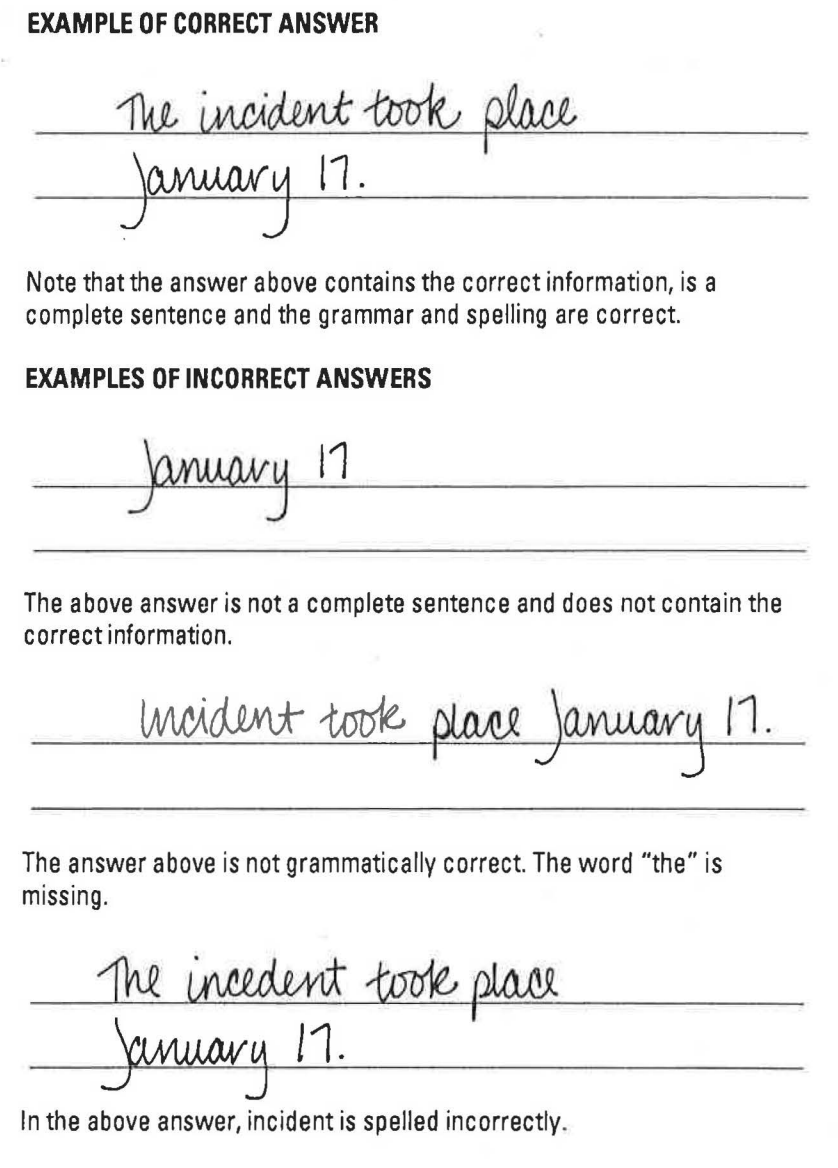
The questions are based on this.
You have to fill in which items were stolen, where the victim lived, the suspect's name and address, the suspect's clothing items, and the names of the officers assigned to the complaint.
You have to fill in which items were stolen, where the victim lived, the suspect's name and address, the suspect's clothing items, and the names of the officers assigned to the complaint.

Now, without sarcasm, if you fail this sort of test, something is wrong with you. This test is incredibly easy and you would have to be illiterate and innumerate to fail.
And yet, 9% of Whites and 29% of Blacks fail. Incidentally, with equal variances, that's a 0.79 d difference
And yet, 9% of Whites and 29% of Blacks fail. Incidentally, with equal variances, that's a 0.79 d difference
That difference is what's expected based on the Black-White difference in the general population with a bit of selection into test-taking added. It matches up with what we know to be unbiased differences in other tests of police officers (e.g., on the WAIS).
Now what do the women fail? Well, 49% of them can't do 18 push-ups in a minute, 27 sit-ups in a minute, run 1.5 miles in 15m20s, and reach 1.5 inches past their toes while seated.
They're pathetically physically incapable, so that's the department's fault.
They're pathetically physically incapable, so that's the department's fault.
The Maryland Department of State Police would need to show that the thresholds used in the test have equal predictive power by sex, that they're relevant to the job, etc.
Everyone knows a physical test is fine, but justifying it is obviously hard.
Everyone knows a physical test is fine, but justifying it is obviously hard.
You could argue that maybe the female officers won't be stepping into the line of duty, or that the test just doesn't work at all, but argue that.
Otherwise, we get yet another senseless attack on having even bottom of the barrel standards.
It's pathetic.
Otherwise, we get yet another senseless attack on having even bottom of the barrel standards.
It's pathetic.
Now if you really couldn't figure out the POST question answers, here's a link to the answer sheet: mdsp.maryland.gov/Careers/Troope…
• • •
Missing some Tweet in this thread? You can try to
force a refresh




